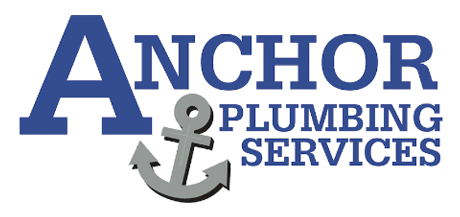By [company_name]
Did you know that many water heaters are only expected to last for around ten years? Many homeowners don’t think about changing their home’s water heater. However, if it’s maintained, it can lead to a variety of costly issues.
Instead of waiting until it’s too late, it’s important to know how to keep your water heater in good condition. Knowing how to drain a water heater can be an effective way to keep your water heater up and running in good condition.
So keep on reading and we’ll teach you several helpful tips for draining your water heater.
1. Prepare Your Water Heater
The most important tip to prep your water heater for draining is to make sure that it’s turned off. You’ll need to know what kind of water heater you have in order to turn it off.
If you have a gas-powered water heater, then you should turn its switch to “pilot.” The pilot light is going to stay on when you do this. However, the water won’t continue to be heated.
An electric water heater will usually have a switch that connects it to electricity. If you’re having a tough time figuring out where the switch is, you can check for a board above the heater.
Sometimes, the switch is hidden inside the switchboard. You need to make sure that the power is off before you flush the tank.
2. Let the Water CoolL
It’s a good idea to let all of the water in the tank cool off completely before you continue. Many people underestimate how long this could take.
You should expect it to take between a few minutes to a few hours for all of the water to cool down. The amount of time you need to wait will depend on the size of the heater.
The water inlet valve should be in the “on” position during this step. It’s important that you wait to continue before you flush the water pipes. This is so that you don’t accidentally burn yourself or damage the items where the water will be released.
3. Flush the Pipes
After several hours have passed, you want to flush the pipes. You’ll need to turn the cold water inlet switch off to do this properly.
You can probably find this switch towards the top of the heater. It’s also where water gathers before being heated.
Now, go to a sink in your home and turn the hot water on. If possible, go to the floor above where the heater is located.
Let the faucet run until the sink is cool and all of the excess water in the pipes is flushed out. This is in order to relieve any pressure that might have built up in the pipes.
After you flush the pipes, you want to open the pressure valve.
4. Transfer to an Outdoor Drain
Next, you’ll have to drain the water heater into a drain that’s outside of the house. You can do this with a long garden hose.
5. Connect to the Pump
If your water heater sits above ground then you just need to connect the hose to the tank. Once you do that, gravity will force the water down and out of the tank.
If your water heater is below ground, you’re going to need to get a small pump and connect it to the hose in order to get the water out.
6. Collect Water
You want to have a bucket on hand to collect the water. Collecting the excess water with a bucket can prevent you from wasting a lot of usable water. Many people will put the hose in a garden area so that they can water their plants.
Collecting the water in a bucket will also let you see how much sediment is in your tank. If the water in the bucket is clean, then your heater is probably in good condition.
If there’s a lot of sediment in your buck, then you’ll need to flush out the water heater.
7. Flush the Water Heater
In order to flush the water heater, you’ll need to disconnect the hose. You then need to turn off the water tap and pressure relief valves.
Now, fill the tank with water and drain it again. You’ll have to repeat this step until it’s fully drained of any sediment.
Each time you drain your water heater, you want to turn on the cold water valve briefly. This is going to release cold water into the tank to refill and drain again.
8. Contact the Professional
Does draining your water heater seem like a lot of work? Does it seem difficult and even dangerous?
If you want to get your water heater drained or repaired but don’t want to do it yourself, you’re in luck. A professional plumbing technician can do all of this work for you and make sure that the job is done quickly and properly.
The Importance of Knowing How to Drain a Water Heater
Hopefully, after reading the above article, you now have a better idea of how to drain a water heater. Knowing how to do this properly will allow you to enjoy hot water throughout the year and extend the life of your home’s water heater.
Are you looking for help with the plumbing in your home? If you are, then make sure to contact us today and see what our experienced plumbing technicians can do for you!


